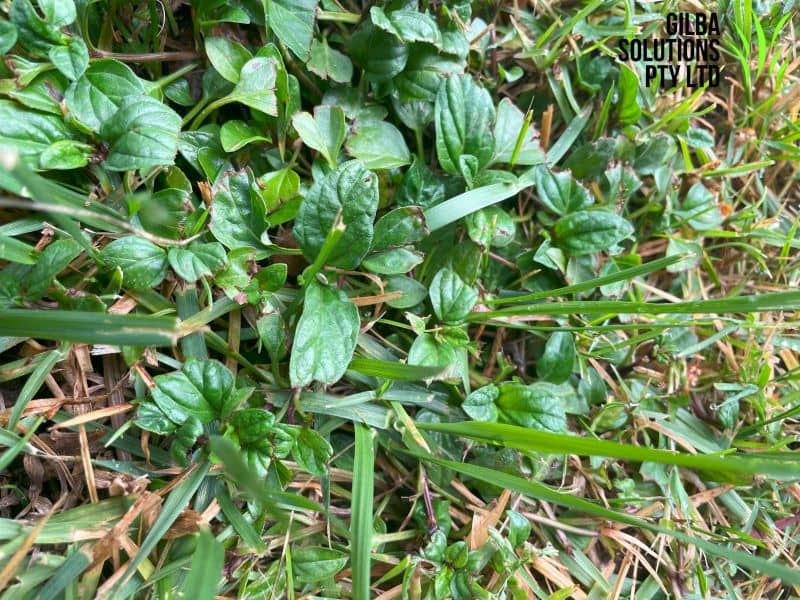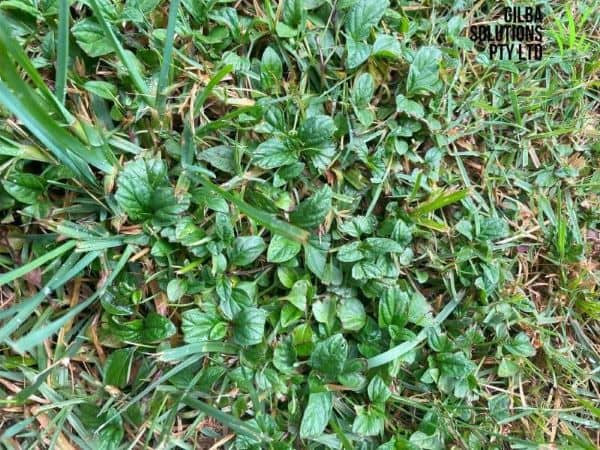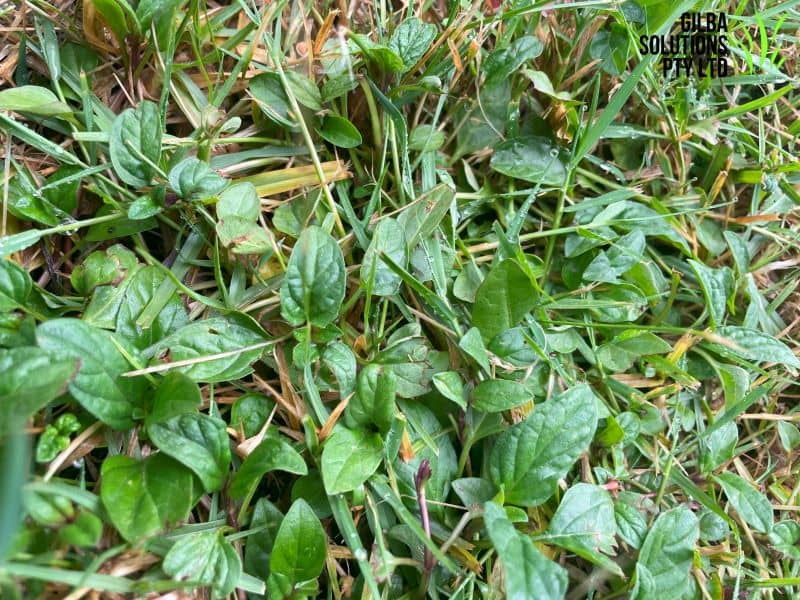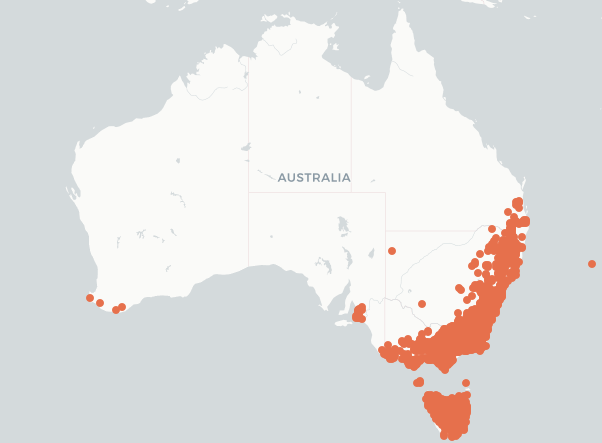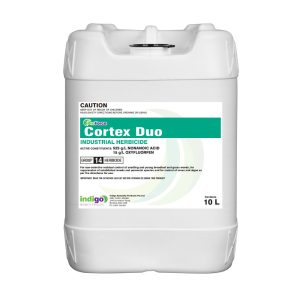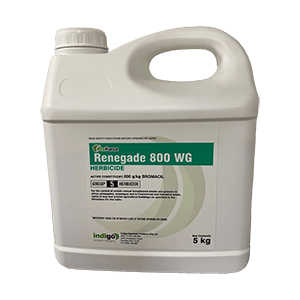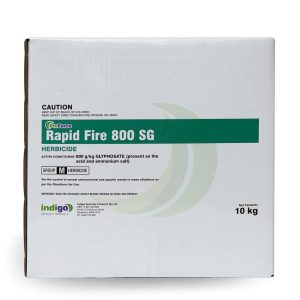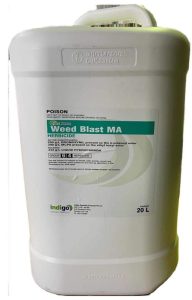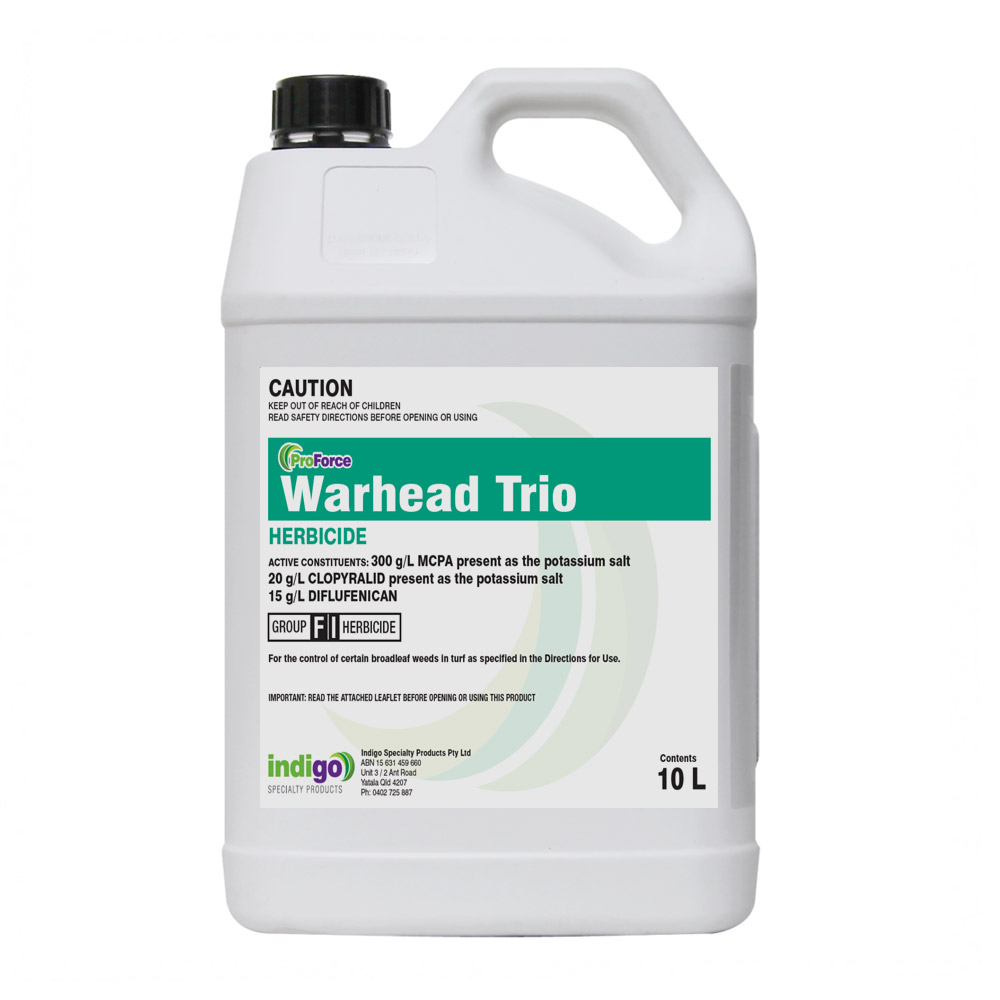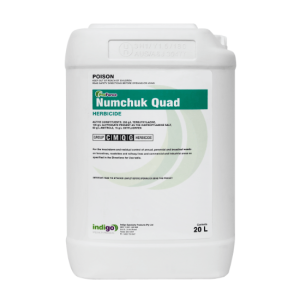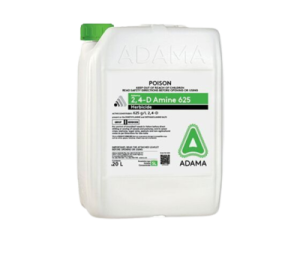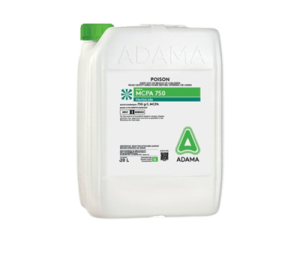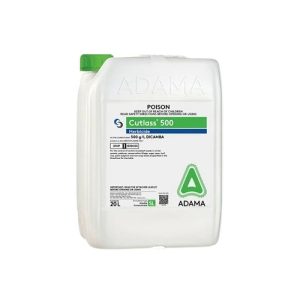Heal All (Prunella vulgaris).
Heal All (Prunella vulgaris) aka Self Heal is an aggressive low-growing perennial turf weed. Although not a major weed in Australia, it is difficult to control once it establishes. Self Heal has a creeping (stoloniferous) stem, and a shallow fibrous root system.
Why is Heal All a Problem Weed?
- It is a perennial and reproduces by seed and vegetative propagation.
- It quickly spreads and forms dense mats of dark green leaves in lawns that choke out turf grass.
- Its low growth habit mean that mowing is not effective to control this weed.
After you read this this, you will be able to:
- Identify Heal All or Self Heal.
- Know the habitat of Heal All or Self Heal.
- Know how to control Self Heal.
The low growth habit of Self Heal means that you often don’t notice this weed until it is too late. The first signs that the weed is a problem, are hundreds of purple ‘pineapple-shaped’ flowers that appear to float over the turf.
If you don’t mow Heal All, it grows up to 30 cm tall. It is often present in wet areas, but also tolerates dry soils.
The distribution map for Self Heal is courtesy of The Atlas of Living Australia.
Key Takeaways.
- Although Heal All is a minor weed it is difficult to control once it becomes established.
- It reproduces by seed and also grows back from root fragments.
- High wear encourages this weed. This is because the stems root at the nodes at ground level.
- Cultural control alone does not manage this weed.
- Stand alone herbicides aren’t effective against Self Heal. You get better control with 2 or 3-way mixes that contain 2,4-D, MCPA, and Dicamba.
How to Identify Heal All.
The stems of immature Self Heal are square and slightly hairy, and as it ages the stems become smooth. These creeping stems, root at the nodes, and result in an aggressive fibrous, matted root system.
Category: Broadleaf (Dicot).
Photosynthetic Pathway: Self Heal is a C3 Weed.
Flower: The flowers of Heal All are dark violet to purple and about 1 cm high. In the Spring, the weed begins to flower, and you can see tube-like flower clusters at the end of the stems. Once it flowers, the seed head goes brown.
Height: It is a low growing weed, but can be up to 30 cm tall.
Leaf length: The leaves of Self Heal are wider at the base, and taper towards the end. They have a cover of short, coarse hairs.
Reproduction: Heal All spreads by seed in the late Summer and Autumn. This restricts the growth of other plants, particularly grass in lawns. The seeds needs reasonably warm weather to germinate and once temperatures reach 15 to 21°C it usually germinates in 10 to 21 days.
Habitat: You often find this weed on roadsides, gardens, and lawns.
Comments: In closely mown turf, the leaves have a dark purple colour.
It is mistaken for:
- Deadnettle which tends to have purple leaves and
- Creeping Charlie.
The easy ways to identify Heal All are:
- When you look a the leaves they look like your skin after you have been swimming for a few hours. They have a “crinkled” appearance.
- It has square stems and
- When you look down at this weed from directly above, each set of leaves is rotated at 90° from the previous set.
Table Showing Differences Between Heal All and other Members of The Mint Family.
Plant | Growth Habit | Flowering | Creeping | Stem | Leaf Stalks | Leaf Shape | Teeth on Leaf |
Heal All | Perennial | Early Spring | Yes | Square | On stalks | Oval | Blunt toothed |
Henbit | Winter Annual | Early Spring | Yes | Square | On lower not on upper | Hairy oval- to egg-shaped | Yes |
Deadnettle | Winter Annual | Early Spring | Yes | Square | Long on lower leaves and short on upper leaves. | Hairy oval- to egg-shaped | Rounded teeth on edges |
Creeping Charlie | Perennial | Late Spring | Yes | Square | Long | Kidney | Yes |
Habitat: Self Heal thrives in moist, shaded, and well fertilized environments found in many lawns.
Self Heal is a good indicator weed of soil pH or shade. For more information on weeds check out our weed ID Chart.
How to Control Heal All.
You can control Self Heal by cultural and chemical means, but successful management of this weed is best if you adopt an integrated approach.
Management Calendar for Self Heal or Heal All.
Management Calendar for Self Heal or Heal All | ||||||||||||
Perennial. | ||||||||||||
Month | Jan | Feb | Mar | Apr | May | Jun | Jul | Aug | Sep | Oct | Nov | Dec |
Vegetative Growth | Plant overwinters | |||||||||||
Flowering | ||||||||||||
Seeding | ||||||||||||
Pre emergent herbicide | Will only stop seed not stolons | |||||||||||
Post emergent herbicide | ||||||||||||
Cultural Control of Heal All (Prunella vulgaris).
Only relying on cultural means to control Self Heal, means that you are not likely to get complete control of this weed. However the following may help.
- Hand weed. You need to repeat this several times to keep Self Heal in check.
- Heal All (Prunella vulgaris) grows below normal heights of cut, and so just pops back up after you mow. Before you mow, rake the lawn to lift the roots and vegetative material up above the canopy.
- Close mowing does prevent any seed head. Thi helps maintain a dense turf cover that prevents Self Heal from establishing.
- Try and look after your turf grass. If you improve its growing conditions you will encourage the competitiveness of your turf grass.
- Reduce any shade. This is especially important if you have a C4 grass like couch. This means you need to thin out trees etc.
- Make sure that you have the right grass type for your climate. For example couch benefits from overseeding with perennial ryegrass in the cooler months. We can help with any turf seed selection.
- Reduce traffic if possible. Heavy traffic encourages Heal All because the stems tend to then root at the nodes.
Chemical Control of Heal All.
Post Emergent Control.
- Heal All (Prunella vulgaris) is tolerant to many selective turf herbicides. So to get good results from a herbicide spray you need a mix of systemic herbicides. You may need to make several applciations to totally clean up this weed.
- The best time to treat Heal All is in the Autumn, and to repeat this in the Spring during peak bloom when the soil is still moist.
- Self Heal is not an easy weed to control selectively in turf. It tends to regrow if you use stand alone applciations of MCPA, 2,4-D, clopyralid or triclopyr.
- Post emergents for Self Heal should contain combinations of 2,4-D, MCPA, and Dicamba.
Suitable options are:
- ProForce Warhead.
- ProForce Weed Blast or
- Contra M. You cannot use this on Buffalo grass as it contains Dicamba.
Table of Heal All Post Emergent Herbicides.
Product | Active | Chemical Group | Rate/Ha | Comments | ||||
2,4-D | 2,4-D | 4 | 1.8-3.2 | Wet foliage thoroughly. DO NOT mow lawn for 1 week before and at least 1 weed after application. DO NOT use on Buffalo grass (WA only). | ||||
Contra M. | Dicamba + MCPA | 4 | 6.5 L | Apply in 250-400L water. DO NOT use on Buffalo grass. After use do not mow for 2 days before or after application or fertilize within two weeks. | ||||
Dicamba | Dicamba | 4 | 1.2L + 3.2L of 2,4-D Amine 625g/L | Use a minimum of 1000L/Ha water. Do not spray on Buffalo or Bent Grass. | ||||
MCPA | MCPA | 4 | 930ml -1.8L | Apply in high volume to actively growing weeds. DO NOT mow for 2 days before application. Some transitory damage may occur to fine turf grasses | ||||
Weed Blast MA | Bromoxynil + MCPA | 6 + 4 | 3-6L | Apply in a minimum of 500L/Ha water. DO NOT mow for 2 days after treatment. | ||||
Warhead | MCPA + Clopyralid + Diflufenican | 4 + 12 | 5 L | You may see discolouration on kikuyu, carpet grass and Queensland blue. Avoid overlapping. Use an NIS. | ||||
Non Selective Options for Heal All.
You cannot use any of these on lawns or turf areas to selectively remove Heal All (prunella vulgaris).
- Glufosinate-ammonium provides control for 4 to 6 weeks, but it regrows and recovers due to the limited movement of glufosinate.
- Glyphosate. You can use Glyphosate but if water quality is an issue use ProForce Manta Ray.
These are non-selective but also have a long term residual and stop any re-growth of Heal All or Self Heal.
- Renegade. Renegade stops germination of Self Heal for up to 12 months. This reduces the need for multiple herbicide applications.
- Numchuk Quad. This gives post and pre emergent control for up to 12 months.
- Cortex Duo. Cortex Duo gives a rapid knockdown of Heal All, and residual control for up to 3 months. It is also safe to use around trees.
Table of Non Selective Options for Self Heal.
Product | Active Ingredient | Group | Use Rate/Ha |
Glufosinate 200 | Glufosinate-ammonium | 10 | 1 to 6 L |
Rapid Fire 800 | Glyphosate | 9 | 0.9 to 1.35 Kg |
Numchuk Quad | Terbuthylazine + Glyphosate + Amitrole Oxyfluorfen | 5 + 9 + 34 + 14 | 20 to 25 L |
Cortex Duo | Nonanoic Acid + Oxyfluorfen | 14 | 7 L/1000L |
Renegade | Bromacil | 5 | 3.5 to 6.5 Kg |

